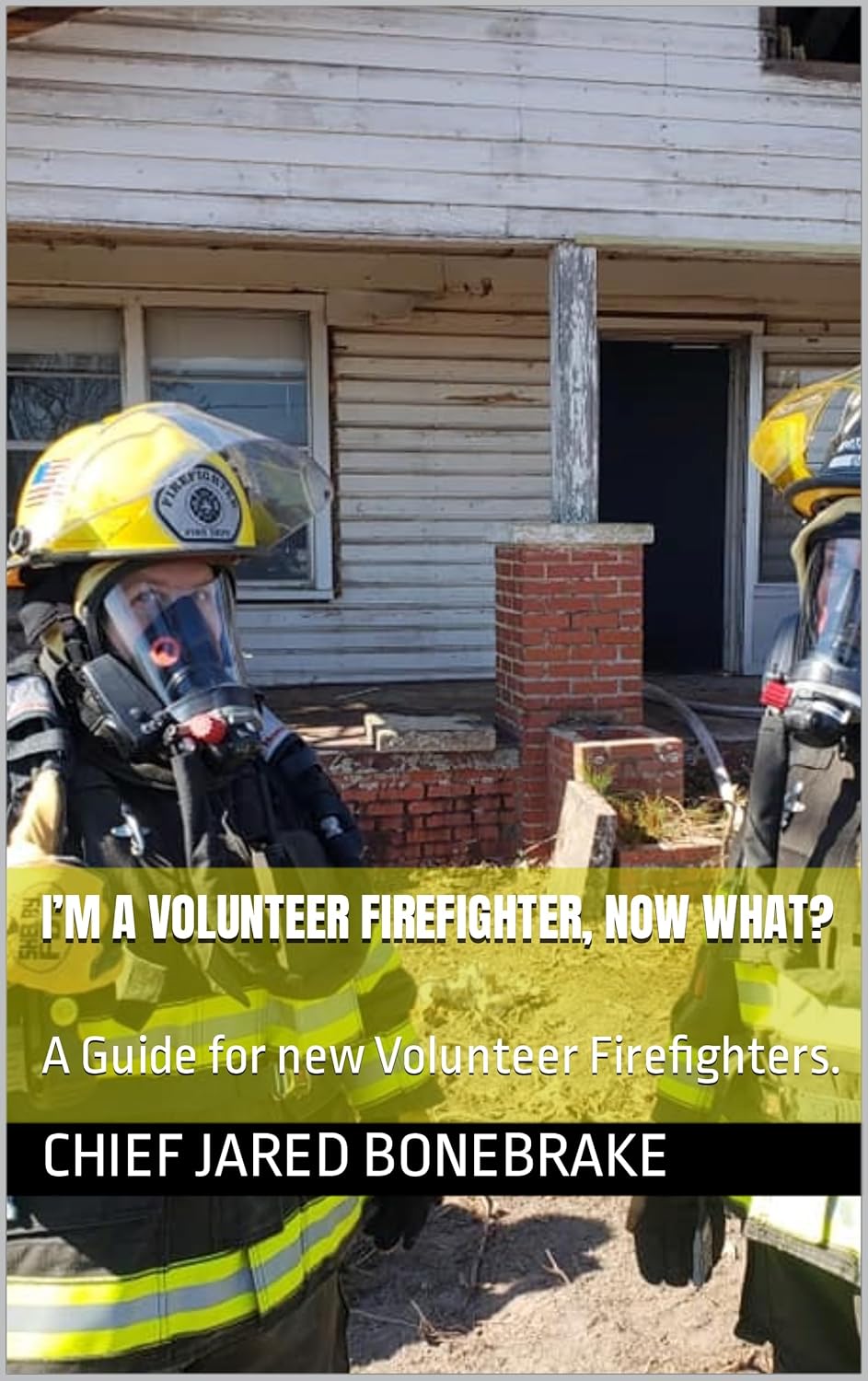Utilizing cutting-edge technology can significantly improve communication among firefighters during emergency situations. From sophisticated radio systems to innovative mobile apps, the advancements in technology offer unparalleled ways to enhance coordination and safety measures for firefighting teams. In this guide, we will explore various tools and strategies that can revolutionize how firefighters communicate on the field, ultimately leading to more efficient and effective response efforts.
Effective Communication Strategies
To enhance firefighter communication with advanced technology, it is crucial to implement effective communication strategies. By utilizing the right tools and techniques, firefighters can ensure clear and concise communication during emergencies.
Understanding the Elements of Fireground Communication
On the fireground, communication plays a critical role in ensuring the safety and success of firefighting operations. Understanding the elements of fireground communication, such as radio protocols, incident command structures, and the use of hand signals, is necessary for effective coordination and collaboration among team members.
Tips for Clear Messaging Under Pressure
On the fireground, firefighters often face high-pressure situations that require quick decision-making and clear communication. To ensure effective messaging under pressure, it is important to practice active listening, use concise and specific language, and confirm understanding with others.
- Speak clearly and directly to avoid misunderstandings.
- Maintain a calm and composed demeanor to convey information effectively.
Clear communication is crucial in ensuring that vital information is relayed accurately and promptly during firefighting operations. By following these tips, firefighters can improve their communication skills and enhance their ability to work efficiently as a team.
- Remember to provide regular updates to keep all team members informed.
For instance, during search and rescue missions, clear communication is necessary for coordinating efforts and ensuring the safety of both firefighters and victims. By practicing effective communication strategies and implementing advanced technology, firefighters can enhance their overall performance and successfully navigate complex emergency situations.
Advanced Communication Technologies
The implementation of advanced communication technologies in the fire service plays a crucial role in enhancing overall efficiency and safety. By leveraging cutting-edge solutions, firefighters can improve their coordination, response time, and situational awareness. To learn more about the role of technology in the fire service, visit Technology in the Fire Service.
| Digital Radio Systems for Enhanced Clarity | Wearable Communication Devices for Hands-Free Operation |
Digital Radio Systems for Enhanced Clarity
One of the key advancements in firefighter communication is the use of digital radio systems. These systems offer enhanced clarity, coverage, and encryption capabilities, ensuring that critical information is transmitted clearly and securely in the midst of emergencies. By utilizing digital radios, firefighting teams can maintain constant contact and coordinate effectively in challenging environments.
Digital radio systems also provide features such as GPS tracking and emergency signaling, enabling rapid response and improved incident management. With enhanced noise cancellation and audio quality, firefighters can communicate with precision even in high-noise situations, reducing the risk of miscommunication during critical operations.
Wearable Communication Devices for Hands-Free Operation
Any discussion on advanced communication technologies for firefighters would be incomplete without mentioning wearable communication devices. These devices, such as integrated communication systems in helmets or wearable wrist communicators, enable hands-free operation and seamless communication among team members. By utilizing voice-activated commands and built-in microphones, firefighters can relay information without compromising their safety or mobility.
Communication is key in firefighting operations, and wearable communication devices offer a convenient and effective way for firefighters to stay connected in the field. Whether providing real-time updates, requesting assistance, or coordinating strategies, these devices play a vital role in enhancing situational awareness and overall operational efficiency.

Implementing Advanced Communication Tools
All firefighting operations rely heavily on effective communication systems to ensure the safety and efficiency of responders. Implementing advanced communication tools is paramount in enhancing the overall effectiveness of firefighting teams. According to Modern fire fighting: The role of advanced networking in emergency response, leveraging advanced networking technologies can greatly improve emergency response strategies.
| Factors to Consider | Details |
| Interoperability | Ensure that the communication tools integrate seamlessly with existing systems to facilitate smooth information exchange. |
| Reliability | Choose tools that are robust and dependable in challenging environments to maintain constant communication. |
Factors to Consider When Choosing Technology
When choosing advanced communication tools for firefighters, several factors must be considered. Interoperability is crucial to enable different tools to work together and share critical information effectively. Additionally, the reliability of the technology in harsh firefighting conditions is important to ensure uninterrupted communication during emergencies.
- Interoperability
- Reliability
After carefully evaluating these factors, firefighters can choose the most suitable communication tools to enhance their operational capabilities and response effectiveness.
How to Train Firefighters on New Communication Equipment
Choosing the right communication equipment is only the first step in improving firefighter communication. Proper training on how to use the new tools effectively is equally important. Firefighters need to understand the functionalities of the equipment and practice using them in simulated emergency scenarios.
The training should be comprehensive and ongoing to ensure that firefighters are proficient in utilizing the advanced communication tools during high-pressure situations. Regular drills and exercises can help reinforce the use of the technology and enhance overall communication skills within the team.
Maximizing the Benefits of Technology
Now, firefighters have access to an array of advanced technologies that can greatly enhance communication and safety on the fireground. In a recent article on Technology on the fireground: How these 3 tools can help…, the potential for tools like drones, thermal imaging cameras, and wearables to revolutionize the way firefighters operate is explored.
Integrating Devices with Incident Command Systems
Systems that seamlessly integrate advanced devices with incident command structures are crucial for optimizing communication and coordination during emergencies. By connecting tools like drones and wearables to centralized command systems, real-time data can be shared instantaneously, providing critical information to decision-makers on the ground.
An effective incident command system not only streamlines communication but also enhances situational awareness and resource management. By integrating technology into these systems, firefighters can gain a comprehensive view of the incident scene, enabling them to make informed decisions quickly and efficiently.
Strategies for Continuous Improvement and Feedback
An vital aspect of leveraging technology in firefighting operations is implementing strategies for continuous improvement and feedback. By collecting data on the performance of devices and communication systems, fire departments can identify areas for enhancement and refinement. Regular feedback loops allow for adjustments to be made proactively, ensuring that technology continues to serve the needs of firefighters effectively.
This iterative approach to technology integration fosters a culture of innovation and adaptability within fire departments. By continually seeking ways to improve communication tools and systems, firefighters can stay ahead of the curve and better equipped to handle the dynamic challenges of emergency response.

Final Words
The advancement of technology has revolutionized the way firefighters communicate and collaborate during emergencies. By utilizing advanced communication tools such as digital radios, mobile apps, and real-time monitoring systems, firefighters can enhance their efficiency and effectiveness in responding to various incidents. It is crucial for fire departments to invest in these innovative technologies to improve coordination, safety, and situational awareness on the field. With the right tools and training, firefighters can confidently tackle complex challenges and save more lives. Embracing advanced technology is crucial to evolving and adapting to the ever-changing demands of modern firefighting. By staying at the forefront of technological advancements, firefighters can continue to protect their communities with excellence and expertise.



